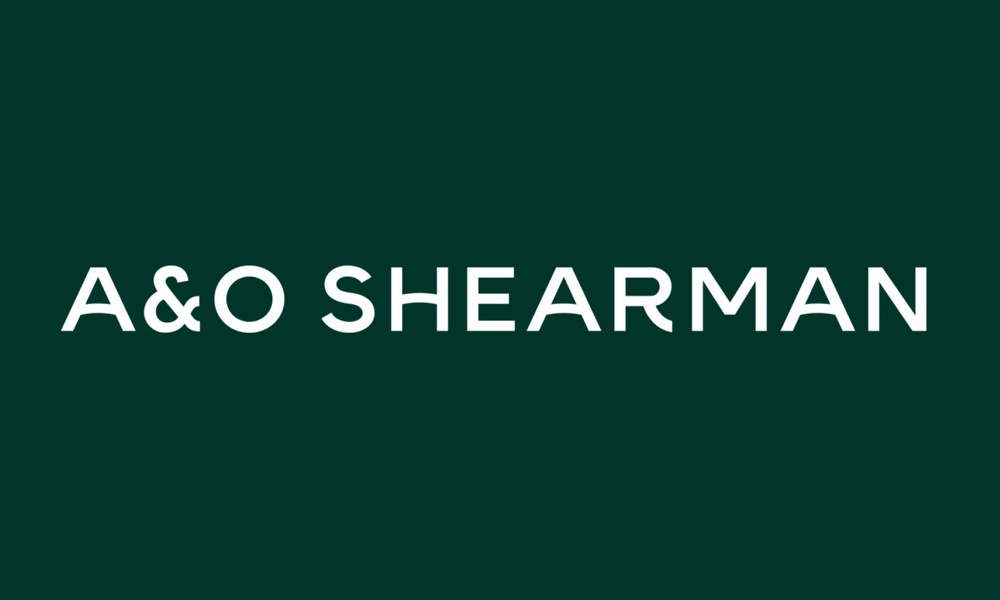
Multinational firm’s partners write on M&A in a time of turbulence

Global law firm A&O Shearman has shared the most recent edition of its report tackling key topics, trends, and opportunities in mergers and acquisitions in major markets and jurisdictions worldwide for the first half of this year.
The multinational firm’s partners across its almost 50 offices worked on a series of articles seeking to examine the macroeconomic, regulatory, and political considerations impacting transactional activity in various industries, sectors, and businesses around the world, according to A&O Shearman’s news release.
The report titled “Global M&A Insights: Lateral thinking in fast-moving markets” aims to address how trade developments affect major deals and other transactions. The report also seeks to assist buyers and sellers alike in traversing the turbulent landscape of mergers, acquisitions, and other strategic alternatives.
“Despite global uncertainty and inflation, investor appetite remains strong – especially in sectors like energy, infrastructure, tech, and healthcare,” commented Simone Lowes, A&O Shearman partner. “The Australian M&A market continues to show resilience, supported by the potential for lower interest rates, relative weakness of the Australian dollar, and deep pools of private capital.”
“Australia faces the challenge of navigating an increasingly complex military environment, marked by both conventional and non-conventional build-ups and shifting strategic alliances in the Asia-Pacific region,” said Dan Harris, A&O Shearman partner. “Regardless of the outcome of the United States’ strategic review of AUKUS, this challenge remains pressing.”
Harris added: “In Europe, we have observed a surge in private equity and venture capital investment driving innovation and growth within the defence sector. As the Australian government alone cannot provide the level of funding required to achieve its critical technology objectives (including those under Pillar II of AUKUS) we anticipate a similar rise in private capital investment in the defence sector in Australia.”
Harris described the arrival of domestic defence-focused investment funds as a solid foundation.
“However, Australia will need to look to traditional overseas sources of investment, such as the United States and the United Kingdom to accelerate progress at the pace required, and the Australian government will need to further reduce barriers to such investment and innovation,” Harris noted.
According to the global firm’s news release, the report reveals specific insights on the following subjects:
“The rapidly changing macro landscape through the first six months of the year has made M&A deals challenging to execute,” said an article authored by A&O Shearman partners David Broadley from London, Dirk Meeus from Brussels, and Scott Petepiece from New York.
“Global M&A by value stood at USD1.6 trillion during the first half of the year, which although higher than during the same period last year masks a significant drop between Q1 and Q2,” the partners wrote in the article titled “M&A in a period of turbulence.”